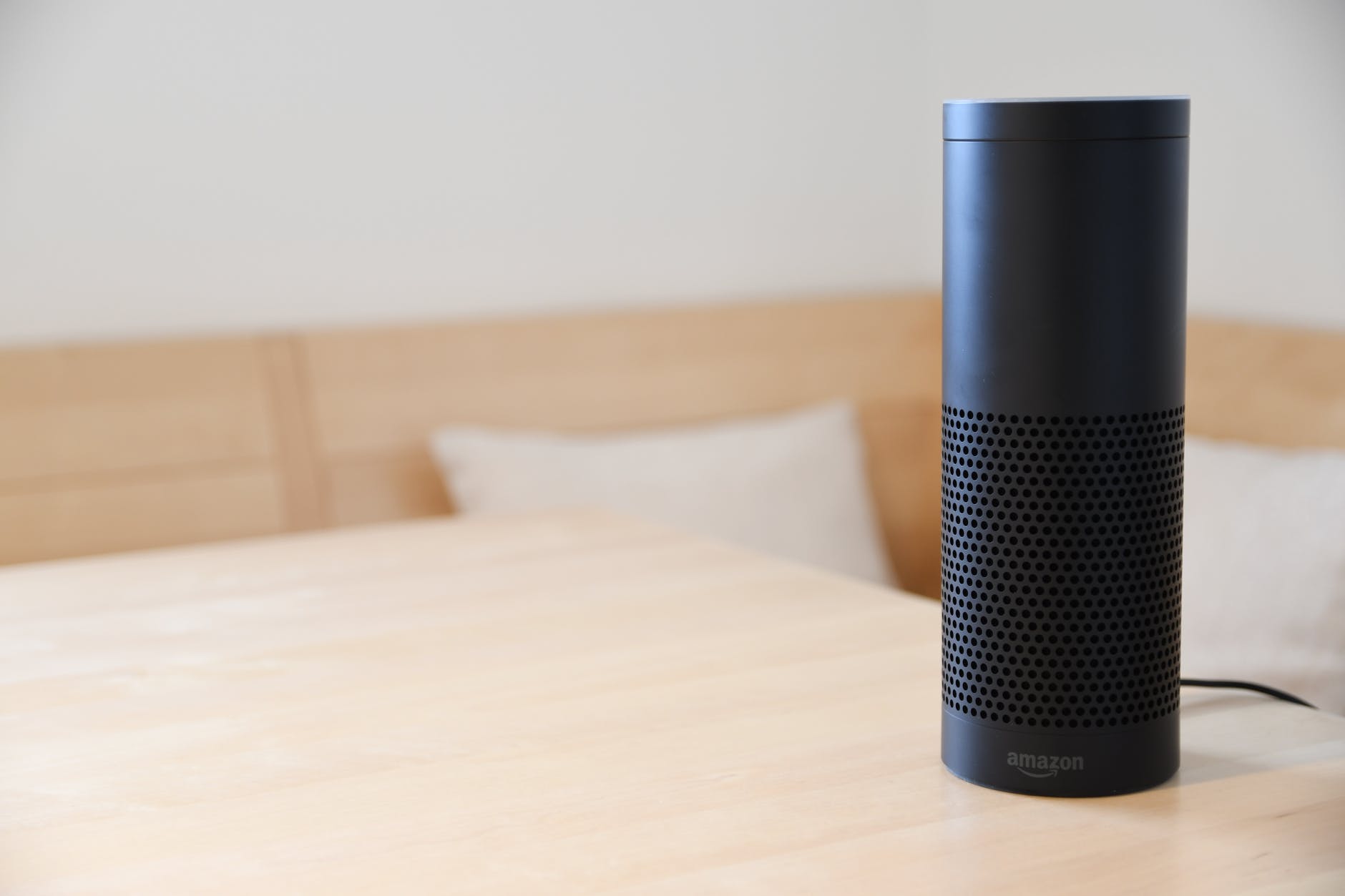Photo by Fabian Hurnaus from Pexels
When Amazon originally introduced Alexa back in 2014, I was highly skeptical. I can still remember watching that first commercial, where a family purchases an Amazon Echo and then use the device for everything, from answering their most (and least) important questions, to creating shopping lists, to helping the children with their homework.
“With everything Echo can do, it’s really become part of the family,” the little girl says at the end of the commercial.
“Spooky,” I thought. “No way this is going to catch on.”
Of course, I was wrong. Fast forward to today: Amazon said at the beginning of the year that it had already sold over 100 million Alexa devices. Which means if you don’t personally own one, you probably know someone who does.
And now, Amazon made an announcement that signals the next step in Alexa’s evolution:
You can soon use Amazon Alexa to pay bills with your voice.
Amazon Pay Vice President Patrick Gauthier revealed the new feature in his keynote at yesterday’s Money 20/20 conference. The new bill pay feature will begin by authorizing users to pay utility bills with their voice. The company expects the feature to roll out to 95% of zip codes in the U.S.
Here is an overview of how the new @amazonpay Alexa bill payment service will work.
This is a #VoiceFirst revolution.pic.twitter.com/DHIuaR02R9
— Brian Roemmele (@BrianRoemmele) October 28, 2019
Gauthier further explained all the advantages Amazon expects users to love. Initial examples were simply, such as asking Alexa when a bill is due, or setting Alexa to provide a reminder that they need to pay a bill.
But what came next was more interesting.
“The customer may also ask information,” Gauthier explained. “How does this compare to last month? How does this compare to last year?”
“The next stage of that would be proactively notifying the consumer when something is out of control,” Gauthier continues. “As in, ‘Your water bill doubled this month. You may have a leak.’ Anticipating the need of the customer and enabling them to act upon it in the moment is a very powerful way of servicing those customers.”
Of course, Gauthier, went on, part of that enabling is giving customers the ability to pay the bill right away–using Alexa if they like.
While Amazon Alexa payments will only work with utility providers for now, there’s no reason it’ll stop there. In fact, Amazon recently announced that Amazon Pay users in India can already use Alexa to pay for utility, internet, mobile and satellite or cable TV bills.
I know this is a powerful development that plenty of Alexa enthusiasts are going to get excited about. And I love the potential insights it could all provide…
But there’s also a pretty large elephant in this room, and we’ve got to address it.
How secure is it?
As technology continues to make information more accessible, and make routine tasks like bill paying easier and more insightful, it also poses major security risks.
“Like every other newer technology, voice payments are highly susceptible to fraud,” says FinTech analyst and researcher Diwakar Mandal. Mandal cites a “series of critical Bluetooth flaws” in 2017 “that exposed security loopholes in millions of AI-based, voice assistants including Google home and Amazon Echo.”
In addition to more common hacks via malware, Mandal highlights the fact that “voice-controlled smart hubs are prone to accidental triggering leading to unauthorized access to the payment capabilities.”
According to Mandal, Amazon currently addresses this problem by requiring customers to provide a four-digit PIN code in order to authorize payment. And no doubt Amazon (and competitors) will continue exploring tech-enhanced fixes that make it more difficult to gain access to your finances.
But as with any type of payment platform, security measures are only as good as the way users implement them. And that fact points to what turns out to be the biggest problem of all:
As technology makes things easier, it also tends to make us lazier. So, as more and more users seek experiences that are seamless and convenient, the less likely we’ll be to take the needed steps to keep things secure.
Maybe Alexa can teach us to do that, too. After all, it’s basically part of the family.
Isn’t it?
Enjoy this post? Check out my book, EQ Applied, which uses fascinating research and compelling stories to illustrate what emotional intelligence looks like in everyday life.
A version of this article originally appeared on Inc.com.


